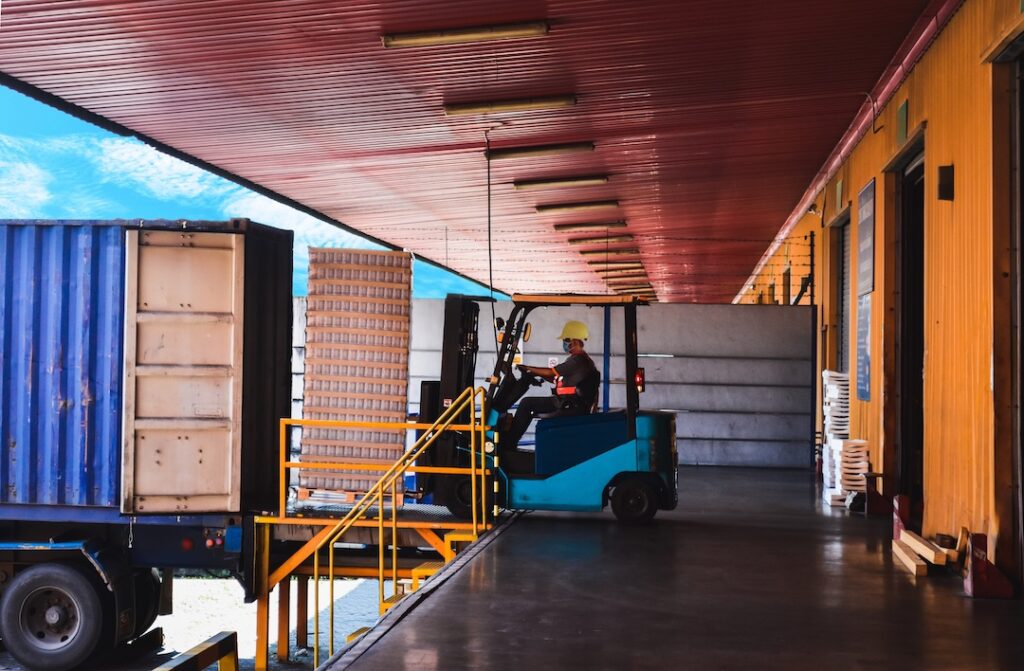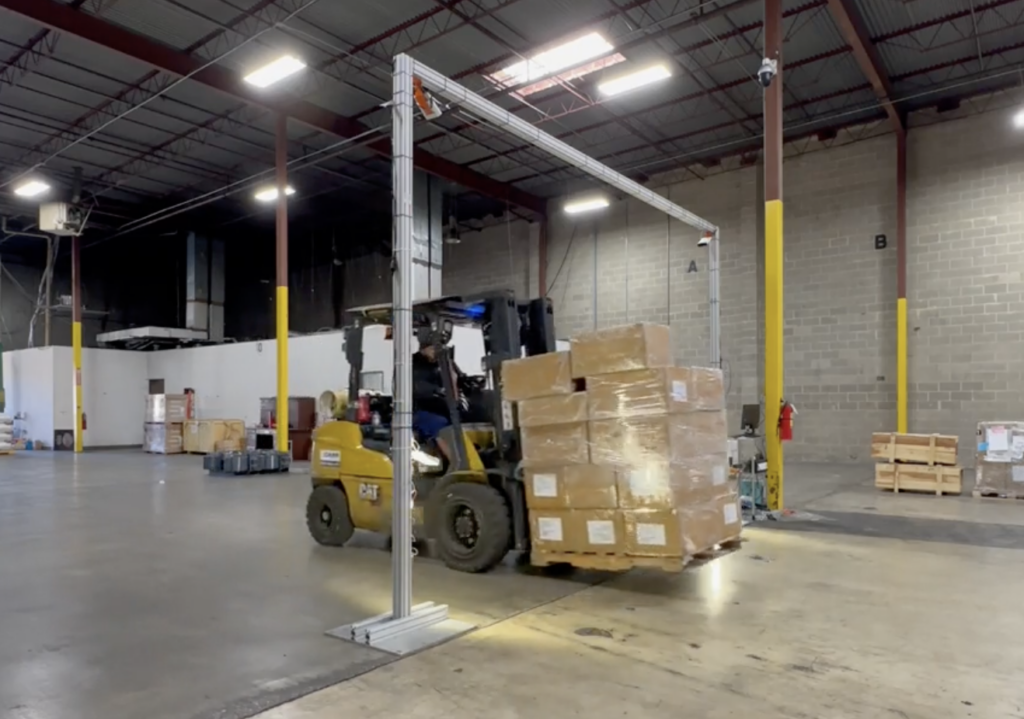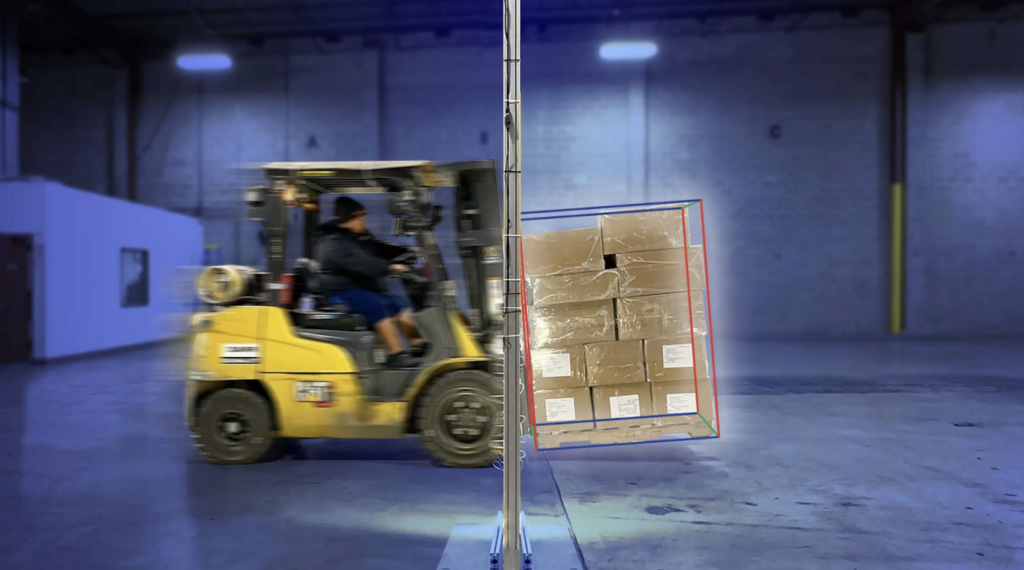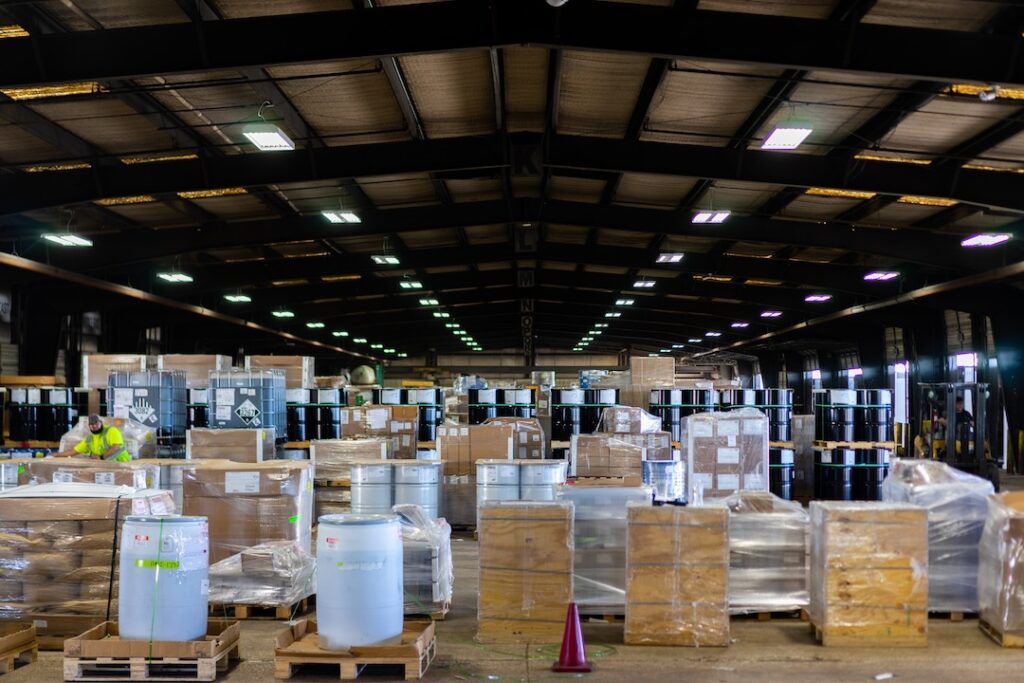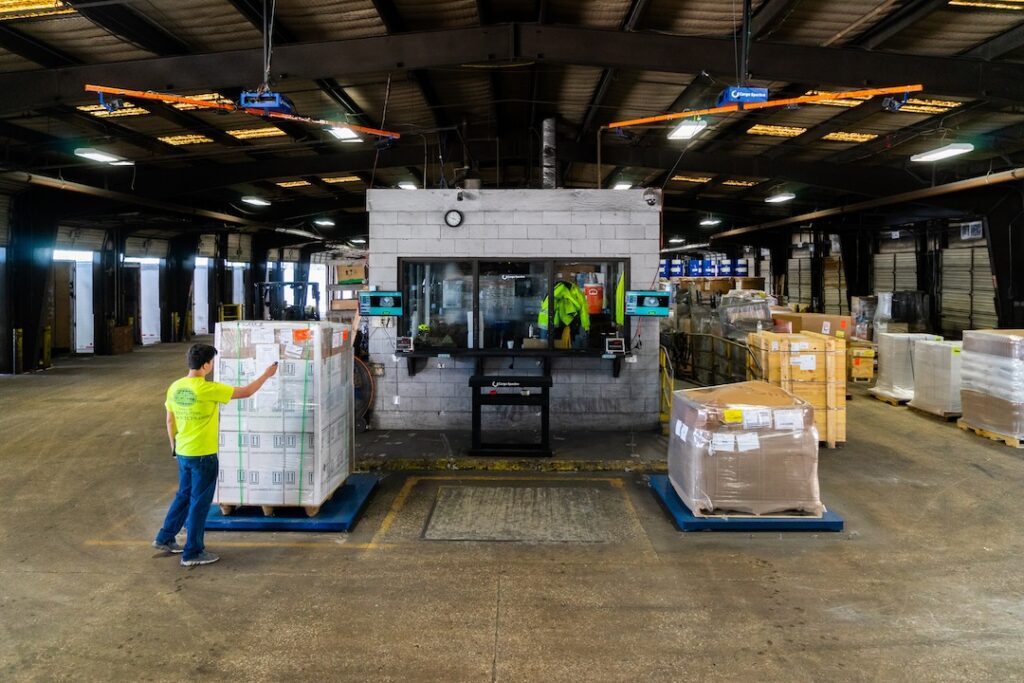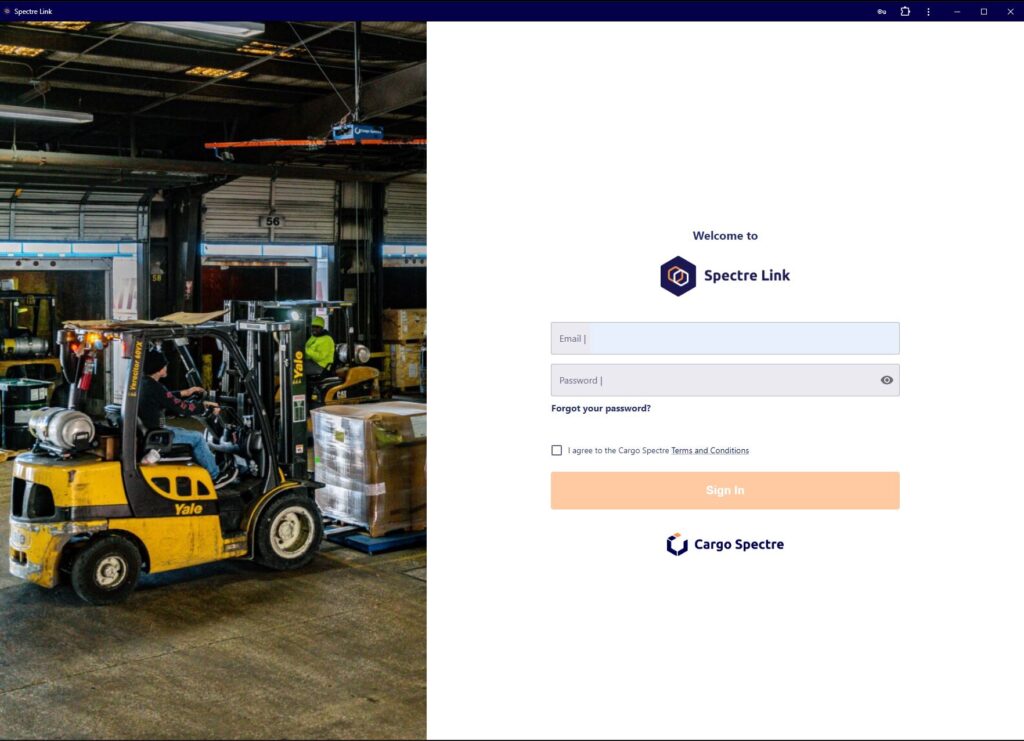Over the past year, the global pandemic has strained logistics around the world as shippers set new volume records everywhere. With demand exploding, warehouses and distribution centers (DCs) rely upon accurate measurements for all of their products and shipments now more than ever. For parcel shipments, that dimensional data is crucial for accurately calculating shipping costs and choosing the right carton. For pallet shipments, dimensional data can help users calculate exactly how much room a load will occupy in the trailer. And inside the DC, accurate dimensional data makes it easier to slot items and optimize the facility’s storage space.
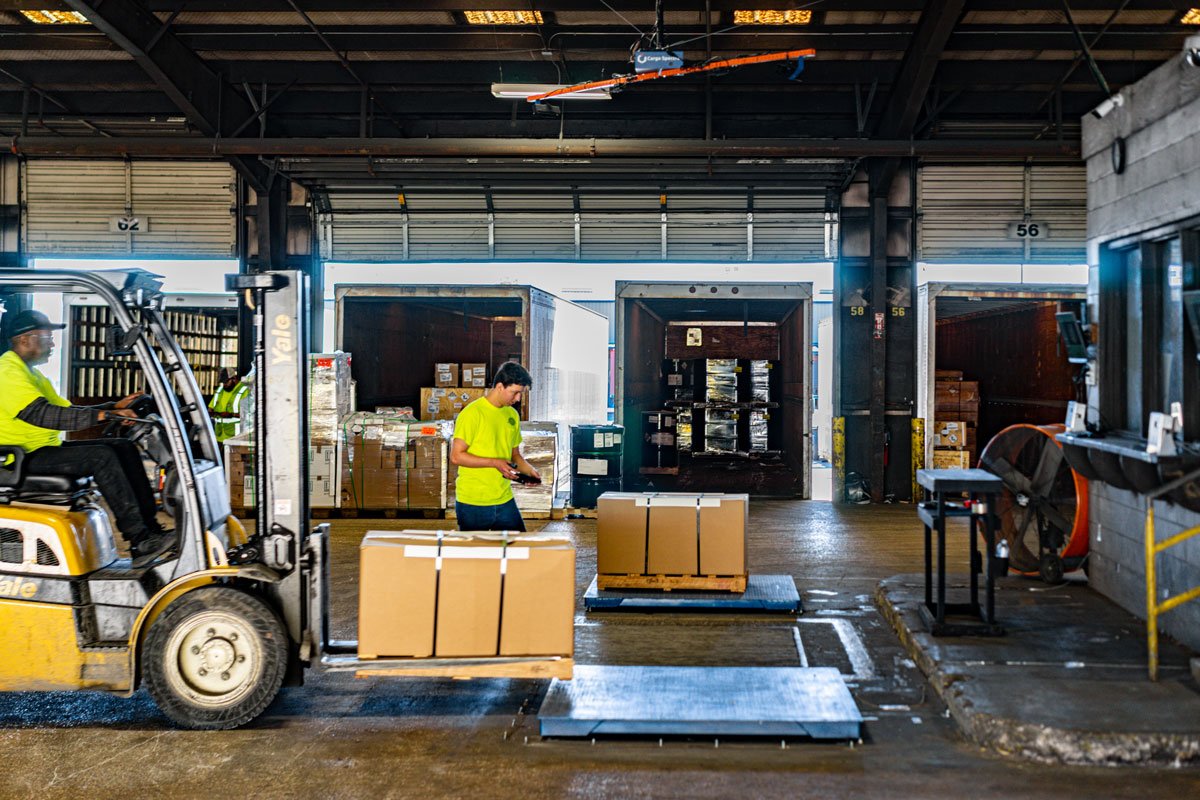
Automated freight dimensioners are a highly effective solution to increasing the accuracy and efficiency of collecting this data. While some logistics companies still send an employee out with a tape measure to record the height, width, and length of each product or carton, that approach is time-consuming and error-prone. The more products your distribution center deals with, the more sense it makes to use automated dimensioning equipment that requires minimal human involvement. Warehouses, carriers, and shippers who wait too long to explore the power of automated dimensioning are doomed to a competitive disadvantage that in many cases is losing them money.
Before you begin shopping for dimensioning equipment, however, it helps to know what your options are and which types of units work best for what applications. Automated dimensioning systems fall into two major categories: systems that are designed to measure pallet loads, and systems designed to measure parcels or individual items.
Pallet Dimensioners
A pallet dimensioning system, naturally, is used to calculate the exact volume of a pallet load before it’s placed in a trailer, container, or warehouse. Typically, these systems are mounted in place and the pallet to be measured is transported via forklift to the system, where it is scanned, weighed, and dimensioned.
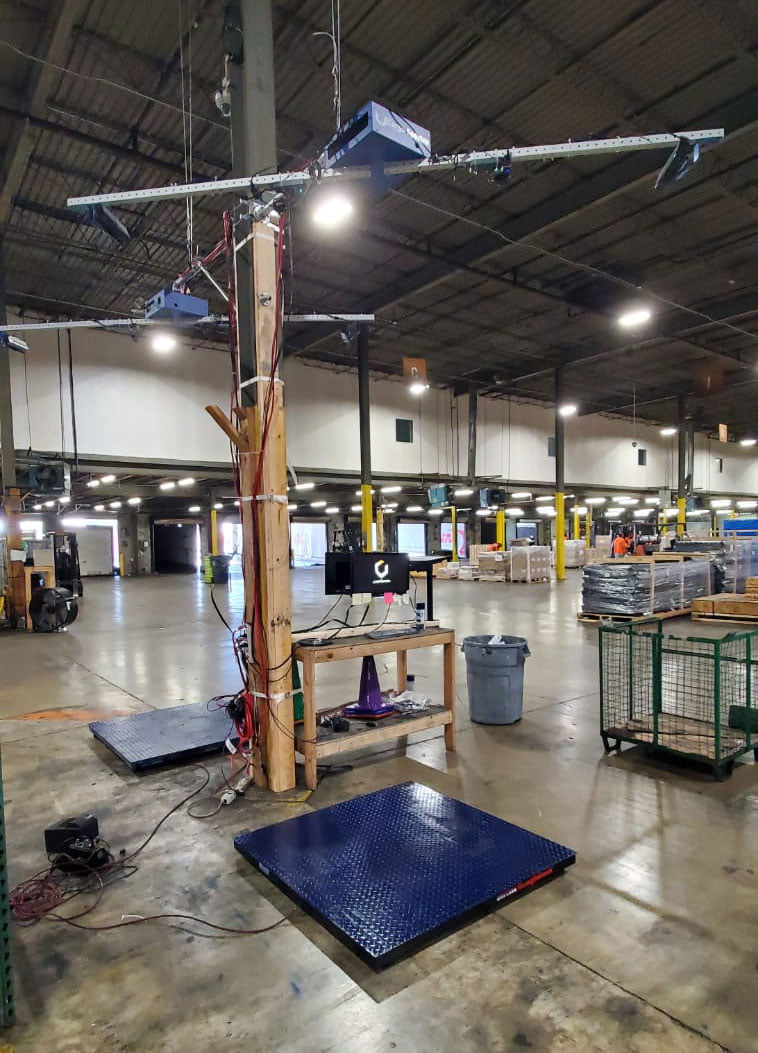
Pallet dimensioners are an ideal fit for trucking companies that need to calculate shipping charges based on the exact volume a load takes up in the truck, not just the weight or overall dimensions of a standard pallet. They also provide a way for shippers to avoid freight-charge surprises at the end of the month and to collect data that can be valuable in resolving disputes with carriers.
Parcel Dimensioners
Parcel dimensioners are very similar to pallet dimensioners, except they are scaled down to scan the size of individual parcels. An operator places a parcel or item on the dimensioning system, which then measures and weighs the product. The equipment can be stationary—at a packing station, for example—or placed on a cart and wheeled around the distribution center.
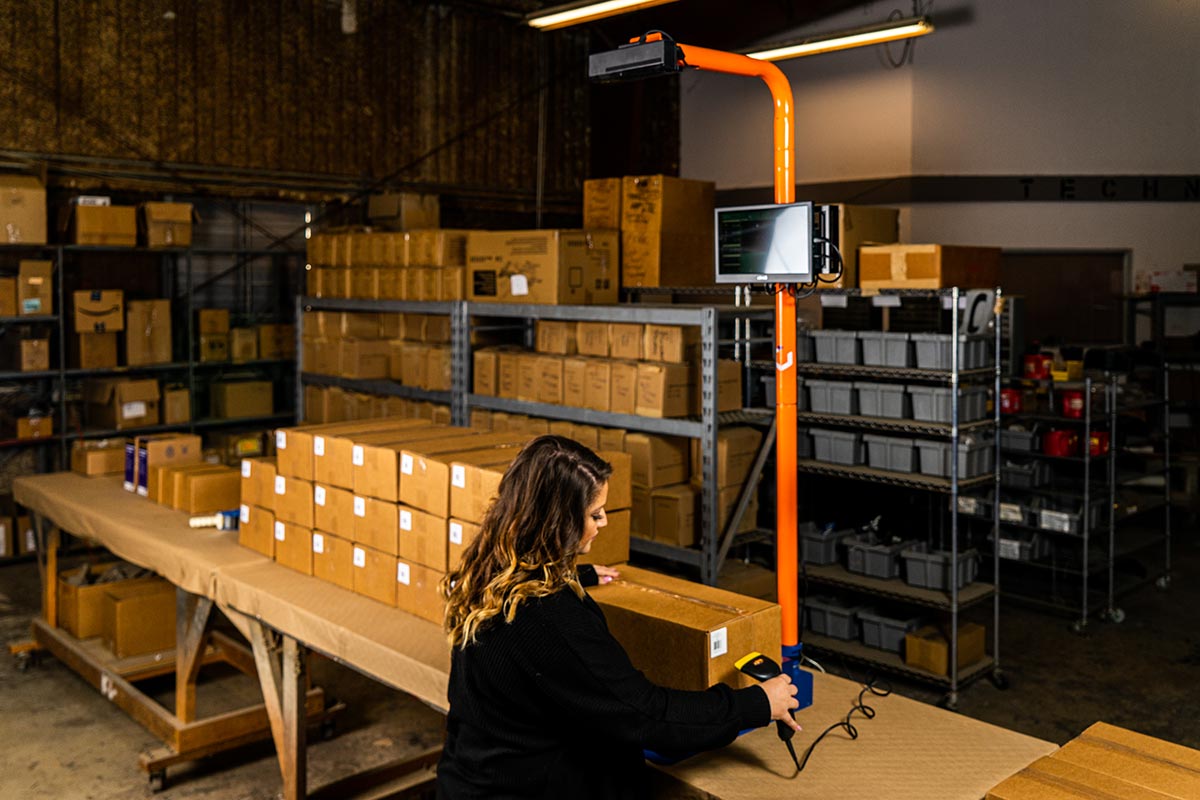
Pallet dimensioners can be used in DCs at the outbound end to gather dimensional data needed for calculating shipping costs. They can also be used at a facility’s inbound end to gather the dimensions of stock-keeping units (SKUs) in order to calculate how much storage space the item will require or determine what size carton to use for shipping.
The first step to finding the right automated dimensioning system for your operation is decided whether you’re in the market for a pallet dimensioner or a parcel dimensioner—or both! Once you’ve decided the type of system you’re interested in, it’s time to begin evaluating different manufacturers’ products.
Why Cargo Spectre?
Cargo Spectre is a global leader in automated dimensioning because our 3D dimensioners scan, weigh, and photograph every pallet and parcel with total accuracy every time. But what really sets our products apart is the price. Cargo Spectre’s pallet and parcel dimensioning systems cost hundreds of thousands of dollars less than our competitors’. In fact, our advanced technology allows us to provide the most effective and affordable freight dimensioning systems in the world.

